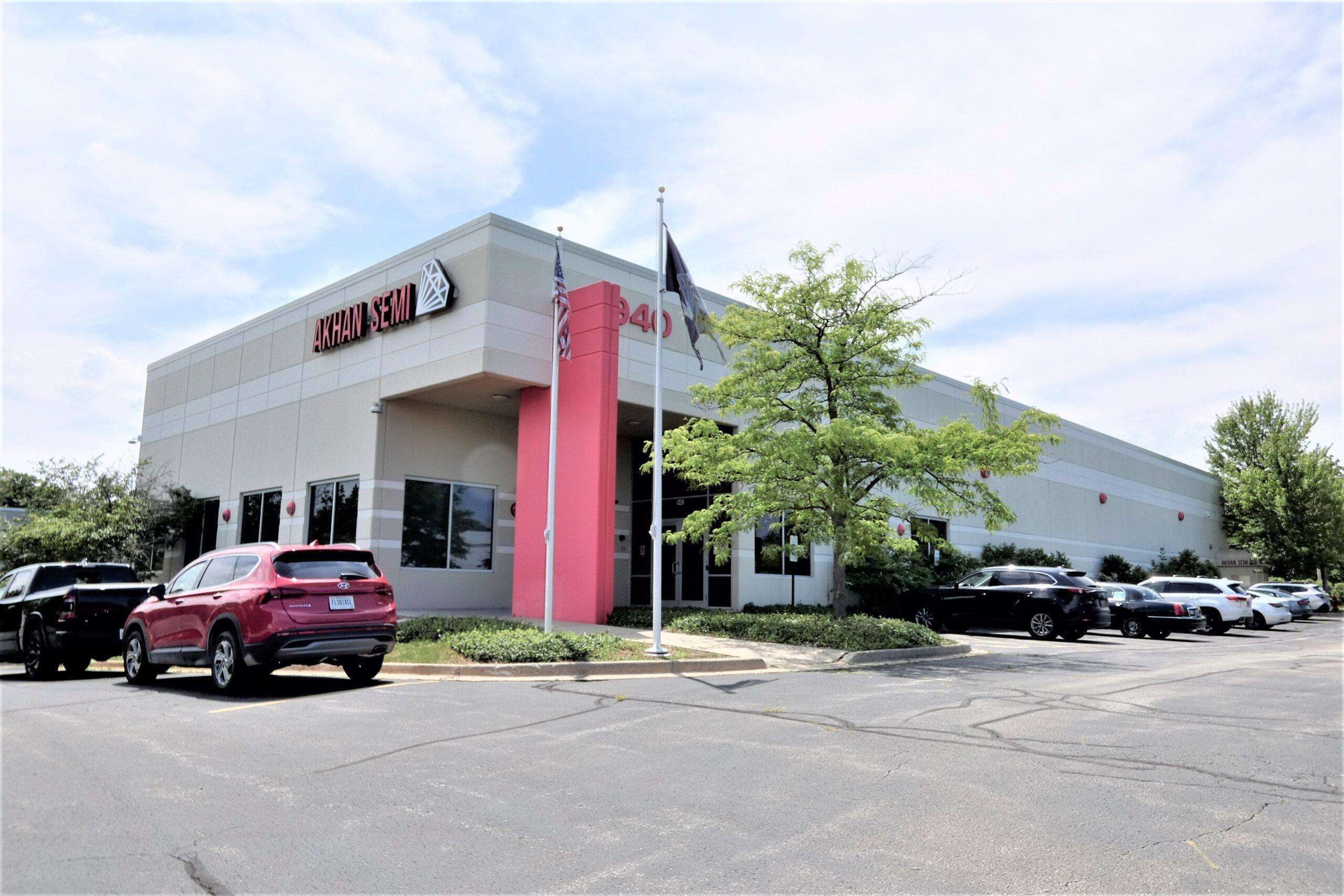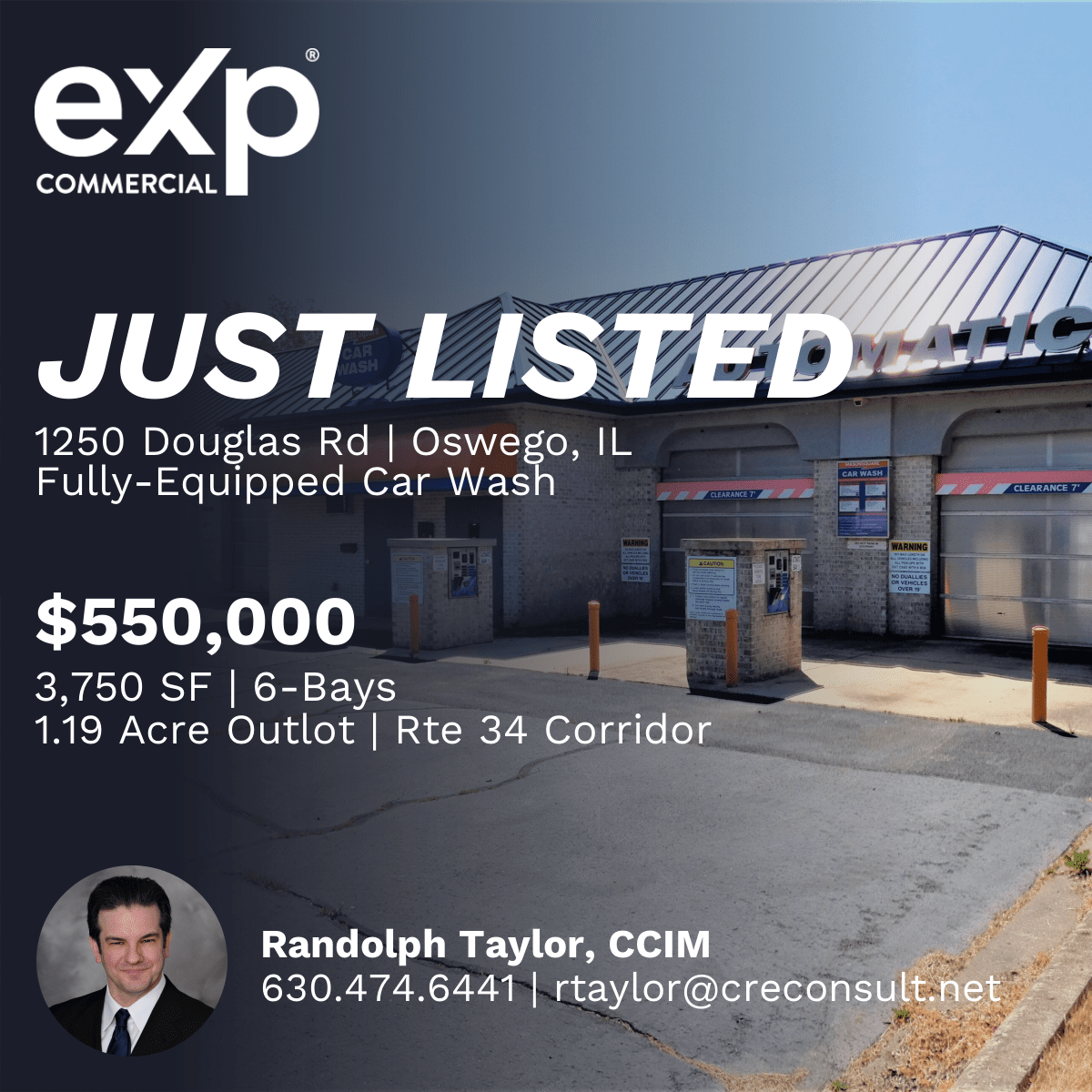
The broker price opinion (BPO), also known as a broker opinion of value (BOV), is a popular way of estimating the value of a property. Typical reasons for ordering a broker price opinion include estimating value prior to purchase or sale, understanding collateral value when securing a new loan or refinancing, estimating liquidation value, buying out a partner’s interest in a property, among many others. In this article we’ll take a deep dive into the broker price opinion, review the three approaches to market value, and also clear up some common misconceptions about the broker price opinion.
Broker Price Opinion Template
Before we dive in, we have a handy broker price opinion template that you can use to build your own reports. It’s based on Microsoft Word, so you’ll be able to edit the details as you see fit. Grab it now, then follow along with the rest of the article.
Broker Price Opinion vs Appraisal
The primary difference between a broker price opinion and an appraisal is cost. Because a broker price opinion is less comprehensive, it is usually a fraction of the price of a full appraisal. It’s also important to note that an appraisal is provided by a third-party and is not biased in its estimate of market value. On the other hand, a broker price opinion is typically performed with the intent that the broker will ultimately win the listing, and as such the underlying motivations behind a broker price opinion may be different than that of an appraisal.
Broker Price Opinion State Regulations
It’s important to understand that regulations around broker price opinions are by no means uniform and vary by state. For example, some states only allow broker price opinions to be performed for very specific use cases such as an opinion on a competitive listing price, but not for other use cases such as a tax appeal. Different states have different regulations regarding broker price opinions and explicitly listing out all of these different regulations is beyond the scope of this article. It goes without saying that you should contact a lawyer before performing or ordering broker price opinions in your state to make sure you understand what, if any, restrictions exist.
Approaches to Market Value
The purpose of a commercial real estate valuation is to determine fair market value, which is the most probable price a willing and knowledgeable buyer would pay for a property given a reasonable amount of time to complete the transaction. Before we dive into the components of a typical broker price opinion report, let’s quickly go over the three primary methods used to determine market value.
Sales Comparison Approach
The sales comparison approach equates the value of a property to prices that buyers have historically paid for similar properties. Of course, in practice, no two properties are exactly alike. Typically the sales comparison approach takes into account comparable properties that were sold within the prior 6-12 months. This is arguably the most common method of real estate valuation and consists of the following steps:
- Find comparable properties
- Adjust the comparable properties found for each variance
- Net the adjustments
- Select the value, giving a greater weight to the properties with the most similarities
Overall the sales comparison method is most effective when the pool of available recently sold properties is large.
Income Capitalization Approach
The income based approach to market value is based on the idea that a property’s value is derived from the income it produces. The two methods used to value a property based on income are the direct capitalization method and the discounted cash flow valuation method.
The direct capitalization method simply converts a one-year stabilized net operating income (NOI) into a market value using a cap rate. This is done using the IRV formula which states that Value (V) = Income (I) / Capitalization Rate (R). To use this method you simply construct a proforma NOI and divide it by the appropriate cap rate (which is determined from recently sold comparable properties). If there aren’t any or enough recently sold comparable properties then the cap rate can be constructed using other methods such as the band of investment method.
The discounted cash flow valuation method is used when uneven cash flows are anticipated for a property. With uneven cash flows, the more simplistic direct capitalization approach does not take into account these variations in cash flow, and as such is not adequate.
Cost Approach
The cost approach bases value on the cost of reproducing a property, less any accrued depreciation. Accrued depreciation can come from three sources: physical deterioration, functional obsolescence, and external obsolescence.
Physical deterioration is the regular wear and tear that occurs due to exposure to the elements.
Functional obsolescence refers to the inablilty of an existing building to provide the same utility as a newly constructed building. For example, the ceiling height in an existing warehouse may not meet the requirements of modern day users, which could be easily accommodated with a newly constructed building.
External obsolescence refers to the loss of value due to external forces such as road closures, re-routed highways, traffic congestion, etc.
Once the replacement cost is determined and the accrued depreciation is netted out, the cost is added to the value of the land to determined an appropriate value based on cost. The reason why the cost approach is used is because a rational buyer would not pay more for an existing property than it would cost to construct a new building with equal utility. The primary limitation of the cost approach is that it does not reflect the forces of supply and demand, and as such, it is typically used when there is a lack of comparable properties.
Reconciliation of Value
In a full appraisal, and often times in a broker price opinion, the above values are typically reconciled by using a weighted average to determine the final value estimate. For example, it may be determined that a higher weight should be given to the income approach because the available comparable sales data is weak, and as such this would be reflected in the final reconciled value.
Also, it’s worth noting that in practice the cost approach is usually not considered in a broker price opinion. A broker price opinion typically only considers the sales comparison method and the income based approach.
Components of a Broker Price Opinion Report
While each individual broker price opinion report will vary based on the requirements of each specific property, the following components are commonly used in broker price opinion reports. Also, be sure to grab our broker price opinion template which includes sections for the below items.
Location Information – General information about the location of the property, including address, site map, aerial, building type and size.
Description of Site – More detailed information about the site, including ownership, visibility, and access.
Market Area Overview and Trends – Includes information about the market conditions of the trade area including employment growth, population growth, construction/development activity, trends in vacancy and lease rates, commentary on noteworthy local news, as well as a demographic summary and traffic count if applicable.
Subject Property Condition – More detailed description of the subject property as well as commentary on its condition.
Tenant Information – A discussion of each of the tenants occupying the property including lease terms, lease expiration, industry, etc.
Current Comparable Listings – Photos and analysis of three or more current for sale listings of comparable properties.
Recent Comparable Sales – Photos and analysis of three or more recent comparable sales, including adjustments as well as a discussion of similarities and differences.
Proforma – A stabilized or multi-year proforma for the subject property showing Gross Potential Income, Expenses, and Net Operating Income (NOI).
Range of Market Values – This section should summarize the above sales comparison and proforma data by providing an estimated range of values based on the sales comparison approach and the income approach to value.
Broker Marketing Plan – While this section is not necessary, it is often included by the broker in hopes of winning the listing. This section includes a marketing action plan to market and ultimately sell the subject property.
Closing Thoughts on the Broker Price Opinion
The broker price opinion has become popular in recent years during the recession and banking crises, and due to the increased attention it will likely remain a popular way to estimate market value. While each individual broker price opinion will vary depending on the particular needs of the client and attributes of the property, the above framework should give you a good foundation for understand any broker price opinion.
Source: How a Broker Price Opinion Works
https://www.creconsult.net/market-trends/how-a-broker-price-opinion-works/


